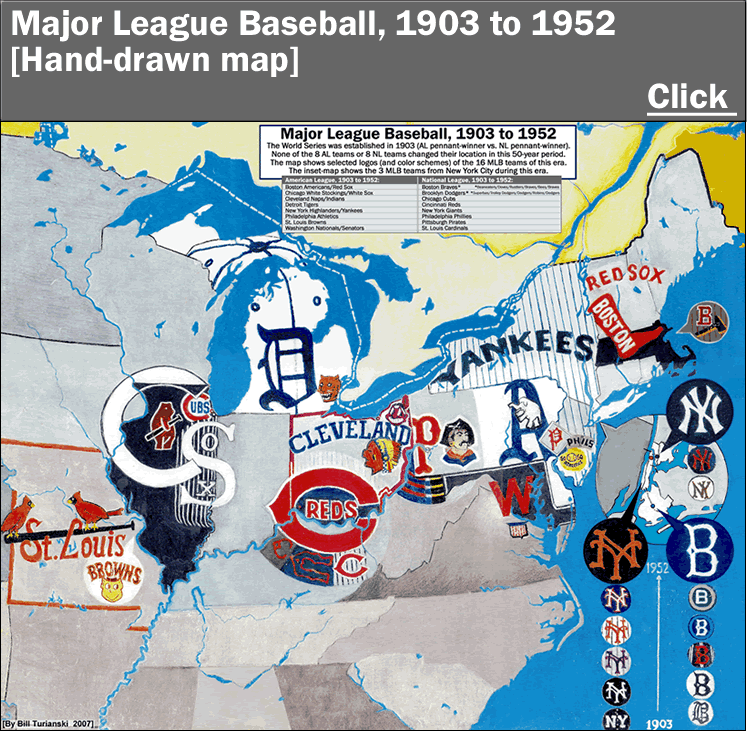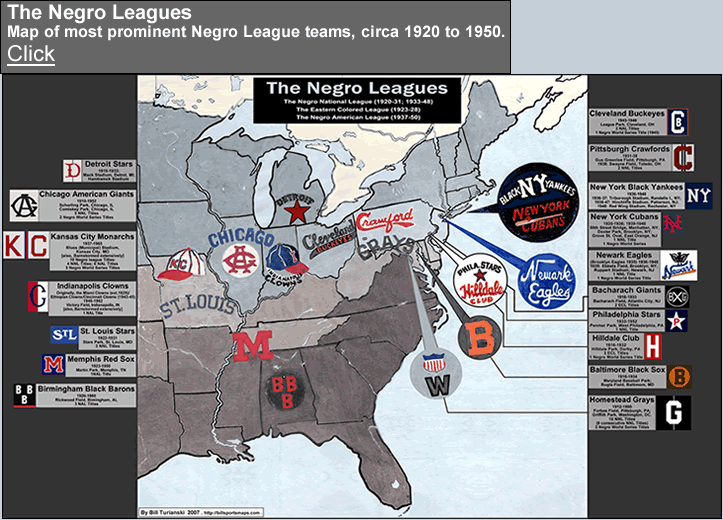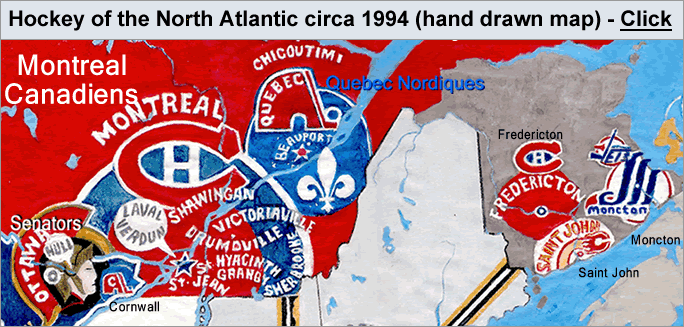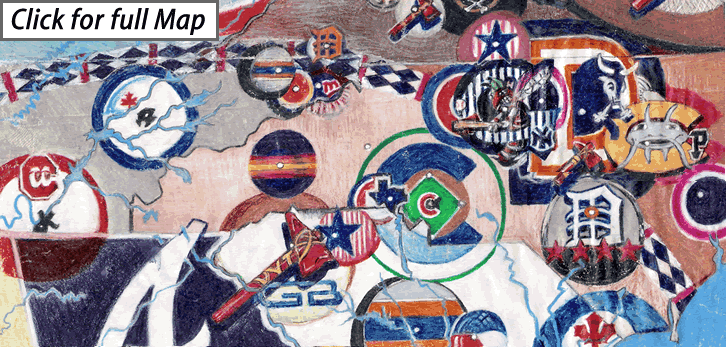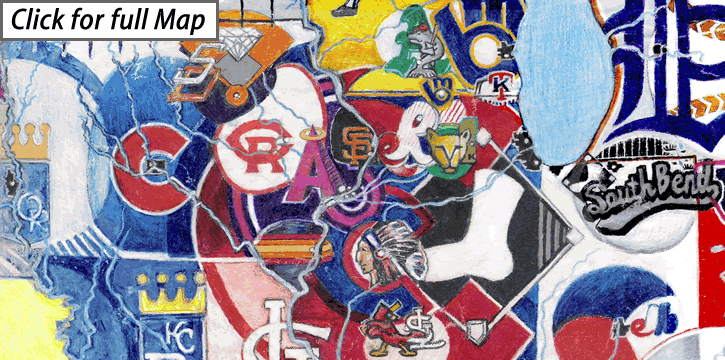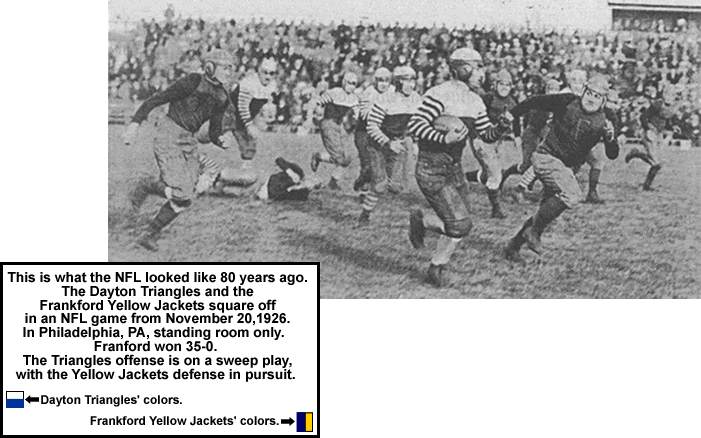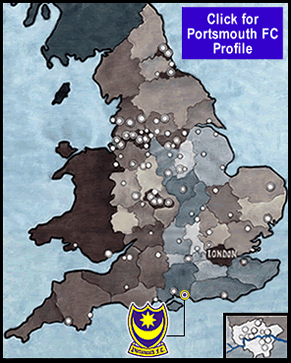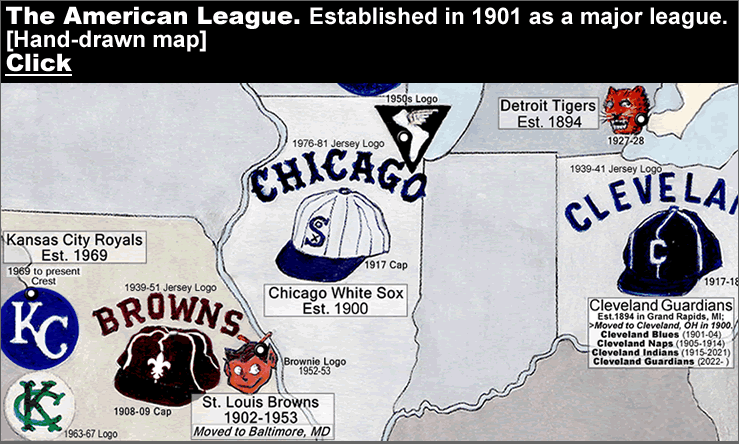
The American League, established 1901 as a major league [Hand-drawn map from 2005]
…
…
By Bill Turianski on the 1st of May 2023; twitter.com/billsportsmaps.
Billsportsmaps.com had its 15th year anniversary, in August 2022. So I am posting a series of maps from the early days of this blog. This map was originally posted in October 2007.
The National League was established in 1876. It had competition from other pro baseball leagues, most notably the American Association (1882-91). Then for several years at the close of the Nineteenth Century, the National League was the sole major league. That changed in 1901: The Western League had renamed itself the American League for 1900, while it was still a minor league. But the next year – 1901 – the American League broke from the National Agreement, and declared itself a major league. So starting in 1901, there were once again two major leagues in pro baseball, and that has not changed since then. And since 1903, the winner of each league has gone on to play in the best-of-7-game World Series.
I hand-drew this map in 2005. The media I used were Caran d’Ache watercolor-pencils, graphite pencil, and Sharpie markers. Featured on this map are caps, logos, and cap crests from the past, with the ball clubs’ years of existence listed. I usually selected the oldest distinctive logos of each team. The text-box overlays, for each team’s formation-dates and for the logos’ time periods, were done on the computer in 2007. Franchise shifts are also noted. The map was updated and tightened up in 2023. And I added a banner at the top showing the 8 charter members of the 1901 American League, which includes any name-changes or franchise-shifts of those 8 ball clubs {info gleaned from this page at Wikipedia…American League: Charter franchises}.
The map lists every ball club that has played in the American League, since its inception as a major league in 1901. The main map is focused on the Northeast and the Midwest of the United States, which, of course, is the area where all of the original teams of both the National League and the American League were located. There are also 5 inset-maps. One inset-map is of Greater New York City (the New York Yankees), and the other four inset-maps are for areas where the American League expanded to, or moved into: California (the Los Angeles Angels and the Oakand Athletics), the state of Washington (the defunct Seattle Pilots, and then the Seattle Mariners), Texas (the Texas Rangers, and the Houston Astros [who switched over from the N.L. in 2013]), and Florida (the Tampa Bay Rays).
The logos and cap designs were primarily sourced from Sportslogos.net and from Marc Okkonen’s drawings found at the HoF site Dressed to the Nines.
…
…
In the 18-year interim between when I made this map [2005], and now [2023], there have been 5 changes. These following five things I have added to the information on the map…There have been two changes in the names of teams in the American League, there has been one league-status change, and there will be another change – a franchise-shift – after the 2024 season, plus there is one change in the way that the history of the A.L. is officially reported.
A). The two team name changes: 1) in 2008, the Tampa Bay Devil Rays changed their name to the Tampa Bay Rays; 2) in 2022, the Cleveland Indians changed their name to the Cleveland Guardians. B). The league-status change: in 2013, the Houston Astros switched from the National League to the American League. C). The change soon to happen: the Oakland A’s will leave Oakland, CA after 2024, and will move to Las Vegas, Nevada. D). The recent ‘change’ in the history of the American League: according to Baseball-reference.com and official Baseball Hall of Fame baseball historian John Thorn, the New York Highlanders [the present-day New York Yankees] were actually an expansion team, and the franchise has no links to the defunct Baltimore Orioles of 1901-02.
The Baltimore Orioles (II, A.L., 1901-02) went bankrupt in the mid-summer of 1902, following ex-Orioles’ manager John McGraw defection to the New York Giants of the National League. And so the American League took over the operations of the 1902 Orioles for the remainder of the season. Following the 1902 season, the American League, under the directive of commissioner Ban Johnson, placed a franchise, under new ownership, in New York City. The team would turn out to be called the New York Highlanders, and they would play at Hilltop Park, about a mile south of the old Polo Grounds in northern Manhattan Island. (That team would change its name to the New York Yankees in 1913, move into Yankee Stadium in The Bronx in 1923, and then go on to become the most successful ball club in the history of Major League Baseball.) Five players from the 1902 Baltimore Orioles joined the roster of the new 1903 New York Highlanders. There are several reports in the news media, during the August-1902-to-March-1903 time frame, that the defunct 1902 Orioles’ franchise was transferred to new ownership in New York City {see 2 paragraphs below}.
And it is even more complicated than that, as described in this July 2014 article from the NY Yankees fan-site called The Captains’ Blog, Yankees Lose Their Oriole Way: BR.com Removes Baltimore Years From Franchise History. Here are some excerpts from that article…“American League President Ban Johnson endeavored to place a team in New York, which, not surprisingly, the incumbent Giants of the National League did everything possible to thwart. Although Johnson wasn’t able to establish a franchise in New York when the A.L. ramped up in 1901, his ultimate plan was to eventually move an existing team into the Big Apple. By many accounts, the Baltimore Orioles were that team.”…“John McGraw was selected to manage the Orioles in 1901, and, he believed, eventually shepherd the team to New York. However, when he learned that Johnson’s plan to reach Gotham didn’t include him, McGraw decided to write his own ticket. Not only did the fiery manager jump ship to the New York Giants in the middle of the 1902 season, but he helped his new bosses gain a majority ownership stake in the Orioles, which he then used to sabotage the franchise. This subterfuge eventually put the Orioles on the brink of collapse, and only by Johnson seizing the reigns was the team able to complete the 1902 season. Then, after negotiating a peace settlement with the National League during the offseason and securing a site for a new ballpark, Johnson folded the tents in the Baltimore and brought his show to the big top in New York.”…“…it could be argued that Johnson was the de facto owner of both the 1902 Orioles and 1903 Highlanders because the A.L. president was largely responsible for constructing their rosters and determining where they played. Who knows, if not for the inhospitable political climate in New York, which forced Johnson to award the franchise to owners backed by the powerful Tammany Hall, the A.L. might have retained control of the team in its early goings. In Yankees Century, baseball historians Glenn Stout and Richard A. Johnson go so far as to say Johnson was basically extorted out of the franchise by Tammany big wig Joseph Gordon, who forced the sale to a syndicate led by cronies Frank Farrell and Bill Devery in exchange for being able to build a ballpark within the city. “To make it happen,” Stout and Johnson wrote, “all Johnson had to do was say yes – and hand the franchise over to Tammany.” [New paragraph]…“Stout and Gordon’s research also showed that the American League footed some of the bill for the construction of the new ballpark, giving further credence to the notion that the league was a “part owner” of the new franchise in New York. Finally, the commissioner’s lawyers directly advanced a legal argument asserting Johnson’s status as owner. In response to a lawsuit filed by the remnants of the Baltimore American League Baseball Club, which asked for a judge to place the team’s assets in receivership, the New York Times wrote, “Mr. Johnson’s attorney…claims that Mr. Johnson, as President of the American League, is continually acting not only as owner of the Baltimore club, but all other clubs of the American League.”…“…[Ban Johnson]‘s mission was to land a franchise in New York, with or without nominal ownership, meaning only one asset had real value: the right to operate as a franchise. This asset was retained by Johnson and eventually conferred to new owners. Had McGraw not instigated a coup, it’s likely that the transition would have preceded more smoothly and with legal blessing. That it did not shouldn’t erase the clear ties that bind the Baltimore Orioles of 1901 to 1902 to the Yankees of the present day.” [Excerpts written by William Juliano / twitter.com/williamnyy23.]
Via the Wayback Machine, here is a fascinating thread from Baseball-Reference.com…1901-02 Orioles Removed from Yankees History [76 Responses to “1901-02 Orioles Removed from Yankees History”.] In this thread, you can see that John Thorn never addresses the issue, raised by irate commenters, that there is media evidence of a franchise transfer. Here are two, plus a screen-shot of the newspaper article quoted in the second comment. Comment #54…[via the Cleveland Leader from Aug. 27 1902]: “The players, it is said, were given to understand that the franchise of the Baltimore club would be transferred to New York and all hands signed by the Baltimore management switched over there.” Comment #63…[via the Philadelphia Inquirer from March 10, 1903]: “Baltimore franchise will be formally transferred to Gotham and all details announced”. Comment #74: {screenshot of Philadelphia Inquirer from March 10 1903}.
Here’s one more link, from the Reddit.com/Orioles page, posted by u[deleted] on the 22nd of July 2014, On the nonsense that is BBRef trying to strip the 1901/1902 Orioles from the Yankees history.
…
